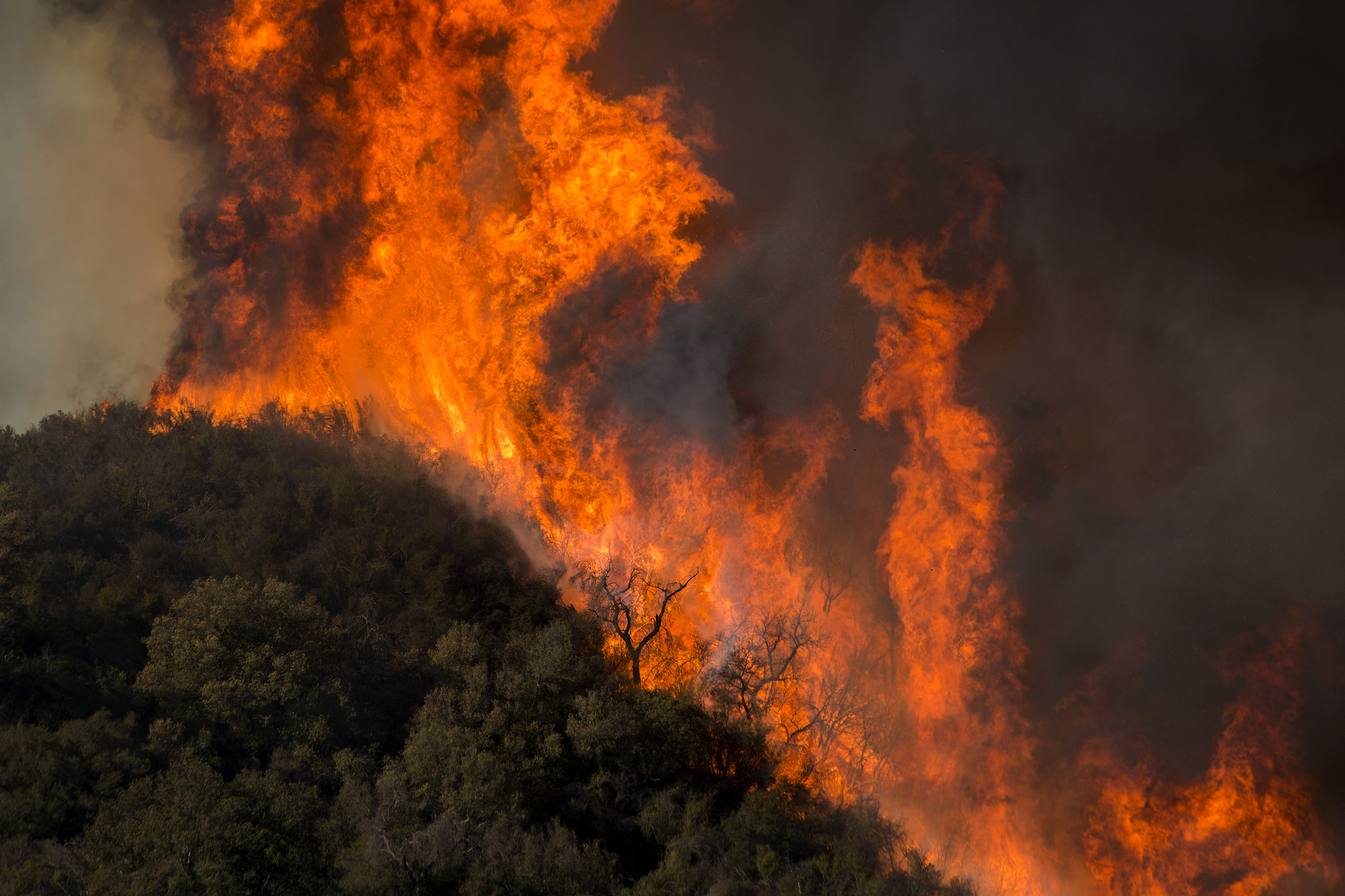Wildfires have become a significant source of disruption in the insurance industry, resulting in the most widespread impact in decades. In 2022 alone, California witnessed over 7,600 wildfires, claiming nine lives, destroying 772 structures, and damaging 104 more. Previous years have seen even more devastating damage caused by wildfires.
One major consequence of wildfires is the remapping of areas, where zones are now determined as high or low risk regardless of historical wildfire exposure. Surprisingly, this remapping includes portions of established cities. For example, Pacifica, CA, located just south of San Francisco with a foggy climate and borders the Pacific Ocean, has been classified as a high wildfire zone due to forests on its eastern side. Similarly, properties in Los Angeles and Berkeley have been designated as high wildfire risk, despite being a considerable distance from the surrounding hills. Even structures in developed areas of Washington State are labeled as high-risk.
The impact of remapping goes beyond higher premiums for property owners; it has also led to a reduction in the number of insurers willing to underwrite policies in certain areas. Insurers that previously provided coverage without hesitation now decline to offer quotes. In 2021, AIG sent cancellation notices to all its policyholders, announcing the discontinuation of personal lines homeowners’ insurance in California, resulting in thousands of canceled policies. In May 2023, State Farm announced it would no longer write personal homeowners or commercial building policies in California, although existing policies would be retained.
The remapping of wildfire zones has significant consequences, as it disregards factors such as concrete construction with sprinklers, surrounding paved areas, proximity to fire departments, or the absence of hills or trees within a certain distance. Even when coverage is quoted in wildfire areas, premiums have seen drastic increases, often doubling or tripling with specific $100,000 wildfire deductibles imposed by some carriers. When the pool of available carriers diminishes, the only option for property owners is the California Fair Plan—a state-run property insurance program designed to cover fire damage but limited to $3,000,000 in coverage. Although the Fair Plan provides coverage in wildfire areas, the limits may fall short of the construction cost for many homes and commercial structures. The cost to purchase the Fair Plan can be reasonable depending on the location, but the Fair Plan can add a “Brush/Wildfire Area Surcharge” which can often double the premium.
The disruption caused by wildfires is due to their changing characteristics over the past decade. Factors such as extreme warm weather, dry vegetation, and high winds exceeding 100 mph make them highly dangerous. Today’s wildfires can propel embers miles ahead of the fire, while shifting winds can change the direction of the embers. This makes controlling or predicting wildfires nearly impossible. In comparison, kitchen fires in apartment units remain relatively contained due to prompt response from fire departments. Wildfires, on the other hand, can spread rapidly, catching almost anything on fire with minimal containment ability. Examples like Santa Rosa and Paradise, CA, demonstrate the tragic loss of human life and destruction of entire city blocks.
Solving the coverage problem posed by wildfires is complex since they are unpredictable and cause rapid and severe damage. However, it appears that the remapping of wildfire zones may have gone too far by including buildings within city and town limits. Insurers can protect themselves by implementing higher deductibles specific to wildfire losses, similar to how they handle named storms in southern states. Designating wildfires with unique names could trigger different policy language to address this issue. Another option is to offer property owners the choice of including or excluding wildfire coverage. By excluding the coverage, property owners take on additional risk but may benefit from more available insurers and lower premiums to cover other losses. There are no easy solutions, but reassessing mapping, applying different deductibles as needed, and offering a wildfire exclusion option could lead to more reasonable policy options. If this summer of 2023 sees fewer damaging wildfires, we may witness increased flexibility in 2024.
